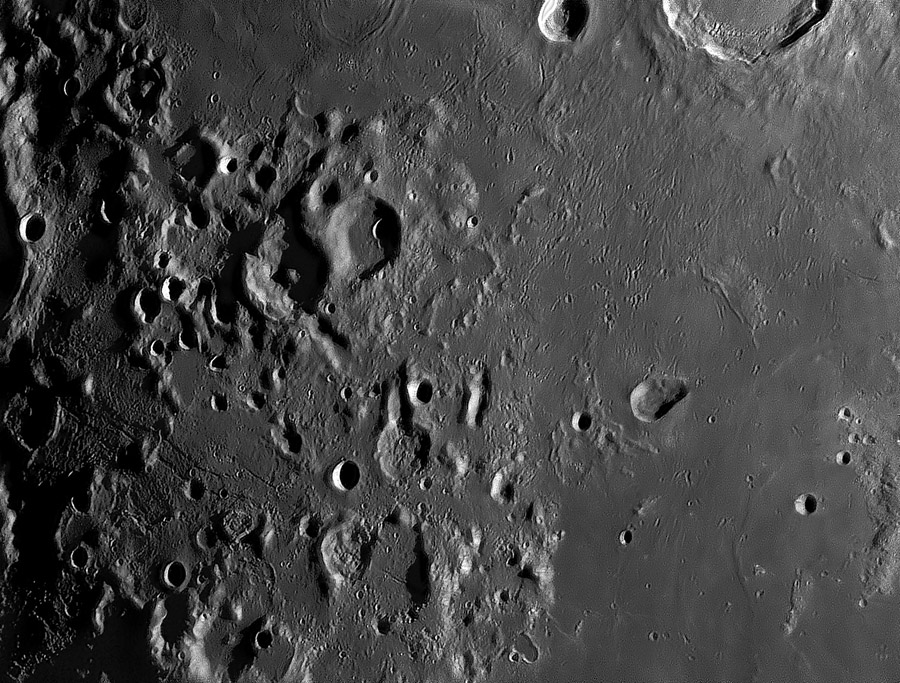Difference between revisions of "February 6, 2014"
| (3 intermediate revisions by the same user not shown) | |||
| Line 1: | Line 1: | ||
__NOTOC__ | __NOTOC__ | ||
=More Smoothness= | =More Smoothness= | ||
| + | <!-- Start of content --> | ||
<!-- ws:start:WikiTextHeadingRule:0:<h1> --> | <!-- ws:start:WikiTextHeadingRule:0:<h1> --> | ||
<!-- ws:start:WikiTextLocalImageRule:6:<img src="/file/view/LPOD-Feb6-14.jpg/487621934/LPOD-Feb6-14.jpg" alt="" title="" /> -->[[File:LPOD-Feb6-14.jpg|LPOD-Feb6-14.jpg]]<!-- ws:end:WikiTextLocalImageRule:6 --><br /> | <!-- ws:start:WikiTextLocalImageRule:6:<img src="/file/view/LPOD-Feb6-14.jpg/487621934/LPOD-Feb6-14.jpg" alt="" title="" /> -->[[File:LPOD-Feb6-14.jpg|LPOD-Feb6-14.jpg]]<!-- ws:end:WikiTextLocalImageRule:6 --><br /> | ||
<em>south up image by [mailto:reeves10@satx.rr.com Robert Reeves], Texas</em><br /> | <em>south up image by [mailto:reeves10@satx.rr.com Robert Reeves], Texas</em><br /> | ||
<br /> | <br /> | ||
| − | Yesterday's [http://lpod. | + | Yesterday's [http://www2.lpod.org/wiki/February_5,_2014 LPOD] discussed the smooth deposits just beyond the northern rim of Theophilus. Those materials are impact melt ejected during the end stages of formation of the crater. The melt fell out of the sky and flowed downhill and collected into ponds. Their smooth surfaces show that the melt was fluid and able to settle into relatively flat surfaces. A second set of flat surfaces was made by the mare lavas at top center (Mare Nectaris) and bottom right (Sinus Asperitatis). A third smooth surface is very conspicuous to the left of <span style="line-height: 1.5;">Capella. Remember that Capella is the crater with the central peak and sagged interior walls, and Isidorus is the nearby flat-floored crater with a fresher crater on its floor. Capella also has a slightly ambiguous stratigraphic relationship with the Capella Valley, a short secondary crater chain emanating from the Imbrium Basin. The smooth surface east of Capella has a shape roughly like the state of Illinois, and is bounded on the left by a ridge. This surface is remarkably smoother and younger looking than nearby terrain with the Gutenberg Rilles. It is unlikely to be impact melt because there is no young crater large enough and near enough to be a likely source. Presumably it is relatively young mare material, but it is not dark under high Sun [http://www.lpi.usra.edu/resources/cla/info/eii/ lighting]. So perhaps it is older mare veneered with bright ejecta from Theophilus. In fact, if you look at the LRO [http://bit.ly/1nbUbbn QuickMap] the Illinois patch is cratered, sparsely, and mainly differs from nearby terrain in not being rough textured. The roughness may be due to rubbly debris from the formation of a basin. Imbrium is further away, but this area is inside the Altai Ring of the Nectaris Basin, and Nectaris ejecta would not be expected inside that ring. So, Illinois is, perhaps, an isolated patch of lava that escaped to the surface in a region littered with Imbrium debris.</span><br /> |
<br /> | <br /> | ||
<em>[mailto:tychocrater@yahoo.com Chuck Wood]</em><br /> | <em>[mailto:tychocrater@yahoo.com Chuck Wood]</em><br /> | ||
| Line 13: | Line 14: | ||
<br /> | <br /> | ||
<strong>Related Links</strong><br /> | <strong>Related Links</strong><br /> | ||
| − | <em>[ | + | <em>[[21st Century Atlas of the Moon|21st Century Atlas]]</em> chart 7.<br /> |
Bob's [http://www.robertreeves.com homepage]<br /> | Bob's [http://www.robertreeves.com homepage]<br /> | ||
<br /> | <br /> | ||
| + | <p><b>Yesterday's LPOD:</b> [[February 5, 2014|Another Kind of Melt]] </p> | ||
| + | <p><b>Tomorrow's LPOD:</b> [[February 7, 2014|Harvest Moon Rising]] </p> | ||
<hr /> | <hr /> | ||
| + | {{wiki/ArticleFooter}} | ||
Latest revision as of 07:27, 28 October 2018
More Smoothness

south up image by Robert Reeves, Texas
Yesterday's LPOD discussed the smooth deposits just beyond the northern rim of Theophilus. Those materials are impact melt ejected during the end stages of formation of the crater. The melt fell out of the sky and flowed downhill and collected into ponds. Their smooth surfaces show that the melt was fluid and able to settle into relatively flat surfaces. A second set of flat surfaces was made by the mare lavas at top center (Mare Nectaris) and bottom right (Sinus Asperitatis). A third smooth surface is very conspicuous to the left of Capella. Remember that Capella is the crater with the central peak and sagged interior walls, and Isidorus is the nearby flat-floored crater with a fresher crater on its floor. Capella also has a slightly ambiguous stratigraphic relationship with the Capella Valley, a short secondary crater chain emanating from the Imbrium Basin. The smooth surface east of Capella has a shape roughly like the state of Illinois, and is bounded on the left by a ridge. This surface is remarkably smoother and younger looking than nearby terrain with the Gutenberg Rilles. It is unlikely to be impact melt because there is no young crater large enough and near enough to be a likely source. Presumably it is relatively young mare material, but it is not dark under high Sun lighting. So perhaps it is older mare veneered with bright ejecta from Theophilus. In fact, if you look at the LRO QuickMap the Illinois patch is cratered, sparsely, and mainly differs from nearby terrain in not being rough textured. The roughness may be due to rubbly debris from the formation of a basin. Imbrium is further away, but this area is inside the Altai Ring of the Nectaris Basin, and Nectaris ejecta would not be expected inside that ring. So, Illinois is, perhaps, an isolated patch of lava that escaped to the surface in a region littered with Imbrium debris.
Chuck Wood
Technical Details
Celestron 11 Edge HD, 2.5X Powermate, Skyris 274M. Best 300 of 2000 frames, Autostakkert2, Registax6, CS6
Related Links
21st Century Atlas chart 7.
Bob's homepage
Yesterday's LPOD: Another Kind of Melt
Tomorrow's LPOD: Harvest Moon Rising
COMMENTS?
Register, Log in, and join in the comments.



